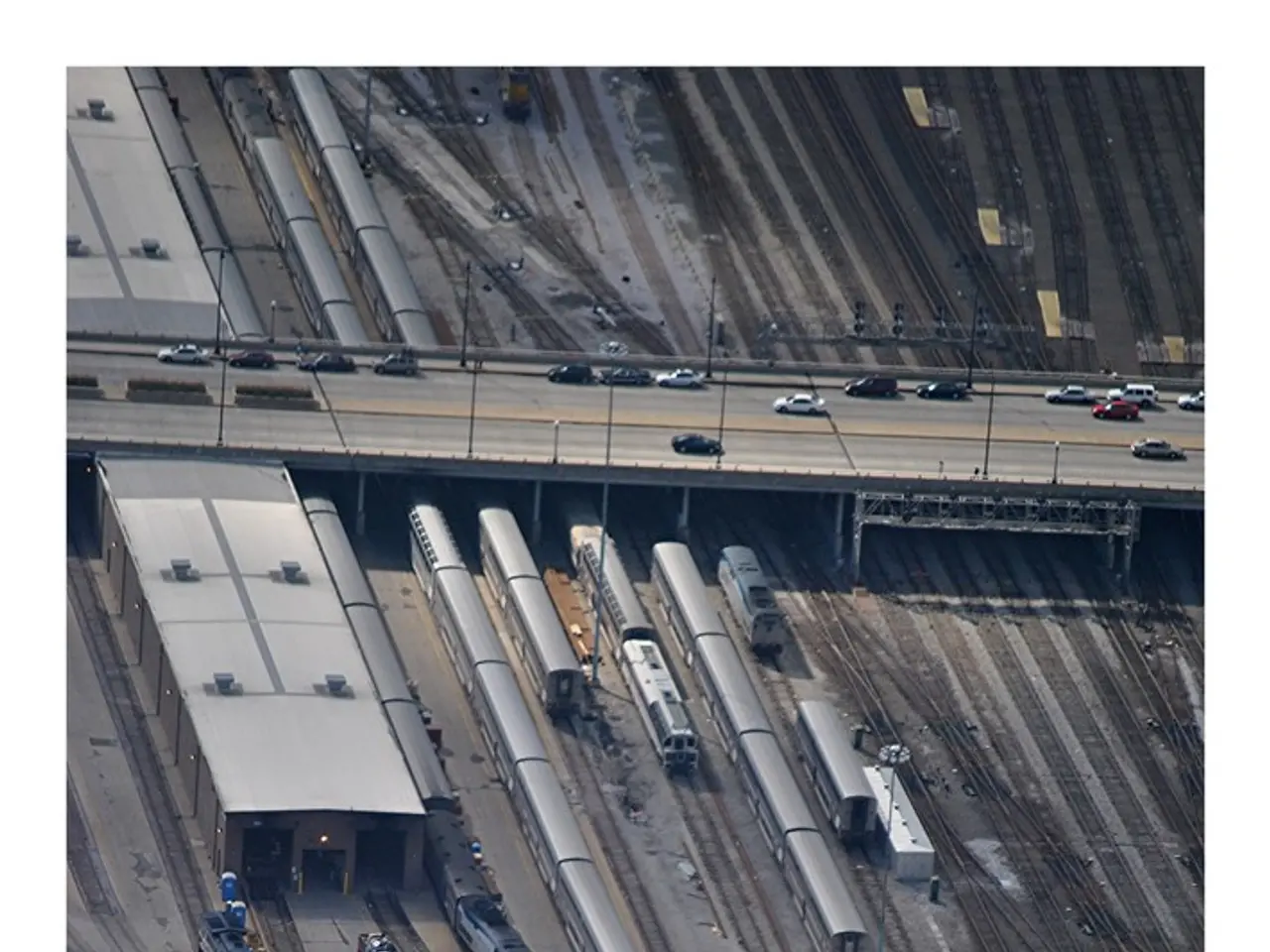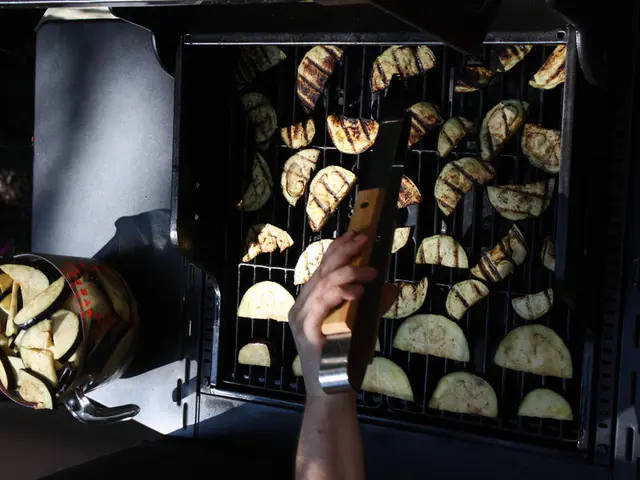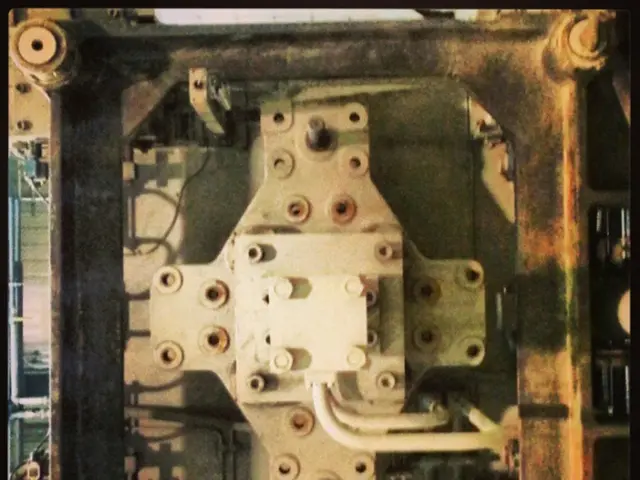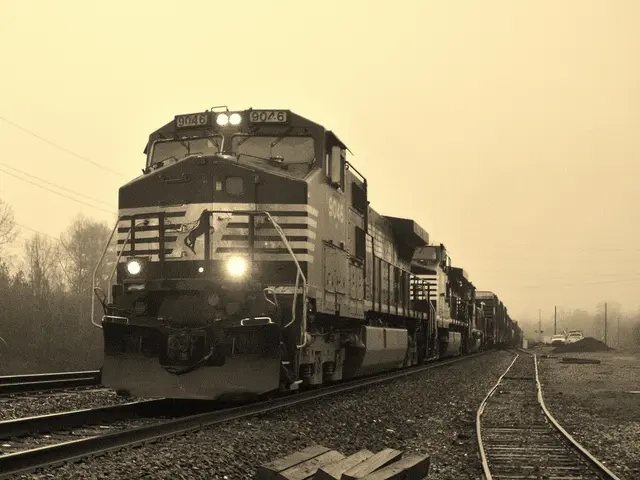California's high-speed train looks for a new route due to uncertainty in federal funding
California High-Speed Rail Project Faces Challenges but Moves Forward
The California High-Speed Rail project, a long-anticipated infrastructure development, is making progress despite facing numerous obstacles. The project, which aims to connect the Central Valley to the southern edge of the San Francisco Bay Area and the northern edge of Greater Los Angeles by 2038, is currently under construction in the Central Valley.
Ian Choudhary, the CEO of the California High-Speed Rail Authority, was appointed after serving as a senior executive in infrastructure development. Under his leadership, the authority has learned to streamline the process for future phases of the project. One such phase is the construction of the Hanford Viaduct, an elevated structure more than 6,300 feet long, which is already underway.
However, the project remains a distant goal, years behind schedule and billions over budget. Critics, including the Trump administration, call it a boondoggle. The authority disputes this, insisting that the project will continue, with or without federal support.
The first leg of the high-speed rail line is being constructed in the Central Valley. Construction of the Tulare Street Underpass, a tunnel under the future high-speed rail line and station, has been completed in Fresno. This tunnel is helping reconnect the historically disadvantaged Chinatown neighborhood with downtown Fresno.
The project's delays are due to factors like lack of right of way, agreements, and utility relocation, according to Garth Fernandez, the Central Valley regional director for the California High-Speed Rail Authority. There are 60 at-grade crossings in the Central Valley alone, each with local communities making local demands.
The Trump administration has sought to revoke $4 billion in federal grants for the project, posing a significant challenge. Despite this, Choudri compares the project to other ambitious infrastructure projects like the interstate highway system and the Big Dig in Boston, which also came in late and over budget.
Alon Levy, a fellow at the NYU Marron Institute, expresses concern that past mistakes will make it difficult to connect the state's biggest population centers in under three hours as originally promised. Lee Ohanian, a professor of economics at the University of California, Los Angeles, and a senior fellow at the Hoover Institution, shares similar doubts, expressing concern that taxpayers will continue to support the project due to its cost increases.
Despite these challenges, crews could begin laying track as soon as next year, signalling a step forward for the California High-Speed Rail project. The authority released an updated report on the project last month, outlining a new strategy to move the project forward. Whether this strategy will be enough to overcome the project's challenges remains to be seen.
Read also:
- Deepwater Horizon Oil Spill: BP Faces Record-Breaking Settlement - Dubbed 'Largest Environmental Fine Ever Imposed'
- Cars' Environmental Impact Explained
- Lawsuit of Phenomenal Magnitude: FIFA under threat due to Diarra's verdict, accused of player injustice
- Proposal demanded for legislation aimed at shielding laborers from electronic equipment-related hazards, as per commission's responsibility.







